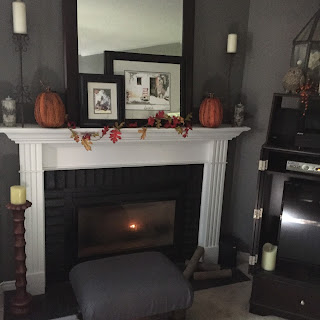I planned on writing an article on this topic, however when I came across this by Steven Sabados I knew he had nailed it so here it is.......
Not too fussy, not too stark: Steven Sabados breaks down the hard-to-define transitional design
How to build a balanced room that looks and feels just right
Transitional design has been described many ways: updated classic, contemporary decor, modern classic, modern traditional... many people have been trying to define it, but transitional seems to be the name that has stuck! Transitional most often describes the room as a whole. At the core of this style is the balance of modern and traditional design. The real appeal is the style's ability to have the best of both worlds – it's not too fussy, but not too stark or cold. Furniture pieces in varying applications can take on totally different looks, so this style is all about how they come together to create a harmonious and balanced space. Here is what Steven Sabados says to keep in mind to achieve the look.
Simple profiles
Transitional blends the comfort and coziness of traditional design with the clean lines and profiles of the contemporary look. The fastest and easiest way to begin to achieve a transitional look is with your furniture, providing you with a harmonious space that meets somewhere in the middle of traditional and modern.
For sofas, such as the one above, anything with a traditional line should not be ornate. This one has a relatively low profile and more contemporary nailhead detail. The gentle curves need to be balanced with something more rigid within the space, but in general, opt for a sofa with narrow and sleek arms so that you can get that nod to traditional design while still saving on space.
These low profile chairs are simple but not cold or uncomfortable in their design. Their rigid lines help balance out the softness of the sofa. The elongated legs make the chairs feel elegant and modern, and the print adds visual interest without adding a lot of distracting colour to the space.
It is always a great idea to round out the room with something right in the middle of the style spectrum. This chair has a timeless profile – it looks simple and sophisticated, but is still modern thanks to the vertical tufting, where tufted panels replace traditional button tufting for a sleeker finish.
Strike a balance with texture and finish
Any finish with a tactile appeal fits into transitional decor; think leather, chenille, linen, woven, wood, glass, chrome gold, and so much more. The challenge is not to go overboard or you'll lose the sleek elegance that at the core of transitional style.
Mix metals but keep your accents minimal, like the coffee table and end table that are simply styled. The interest comes from the finishes, not in the volume of accessories. The table has sharp contemporary lines, but still looks traditional because of its brushed brass finish. Its hidden base creates the illusion it's floating, adding another contemporary touch. This choice is balanced out with a stunning antique mirror at the bottom.
This lamp is another example of the perfect transitional piece – the column is traditional, but the solid glass column gives the lamp a contemporary edge making for a truly balanced piece.
A transitional palette
Warm neutrals tend to rule this look but are not the only way to go. The safer and most popular choice is always cream, tan, khaki, warm grey, and chocolate brown. But to push it a bit further, look to heritage or naturally occurring colours, such as forest greens, terracottas, or in our case, ocean blues. Choose clean and simple art; a tidy frame, large matting and fairly simple artwork will pull the room together nicely.
Overall impression
Above all else, a transitional space should feel comfortable and restful. All accessories are artfully placed, without going overboard. It's best to take a Goldilocks approach – the room shouldn't feel overdone, or minimal and cold, but just right!










































